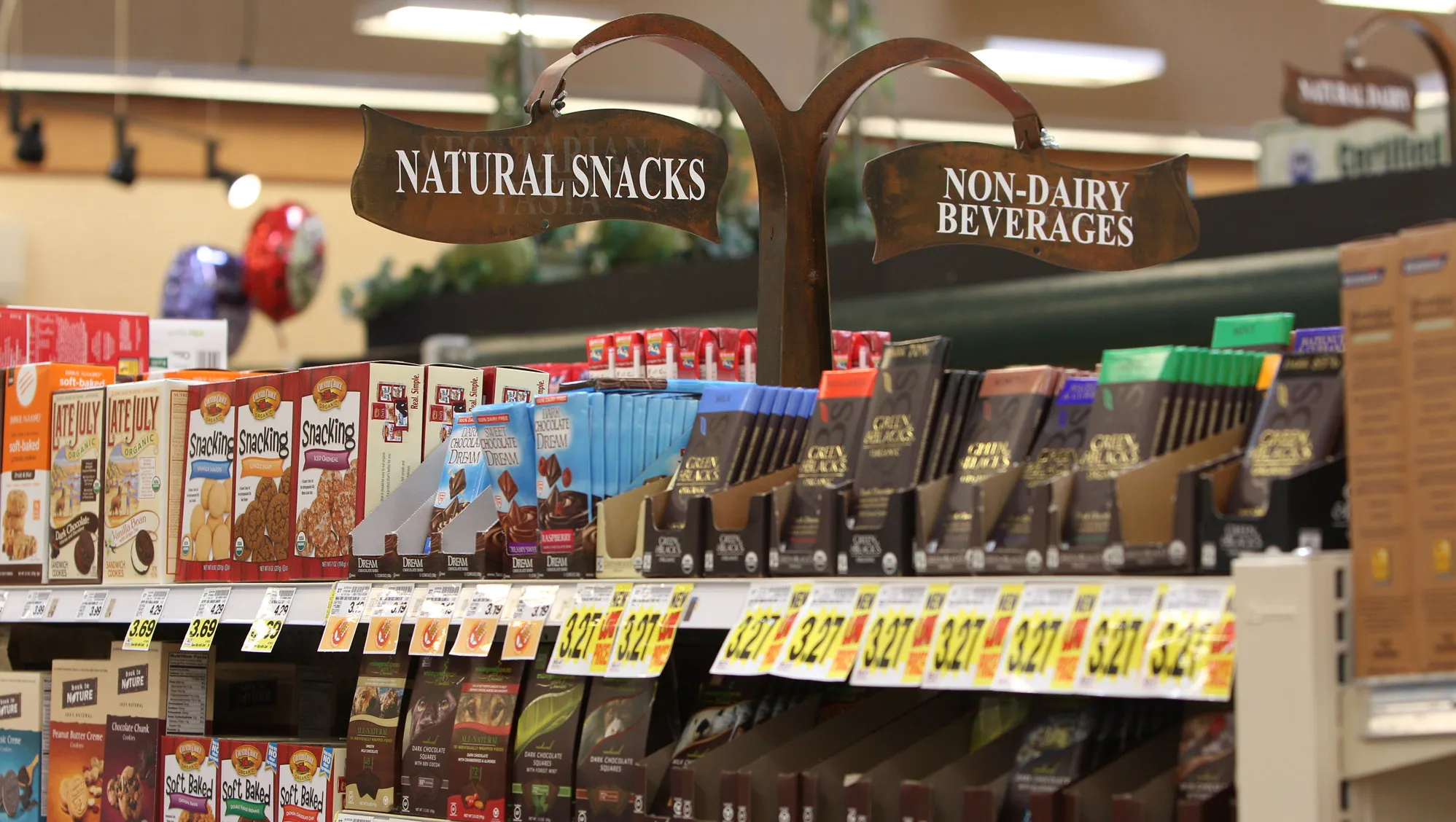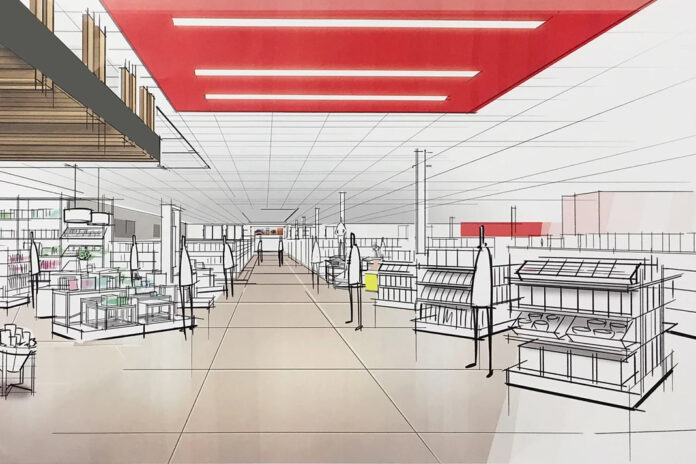The Art of Merchandising Natural Health Products
The evolution of natural health products in pharmacies has been significant in recent years. Due to the Covid pandemic a new wave and growing demand for alternative and complementary medicine, as well as a growing awareness of the potential health benefits of natural products have flooded your typical pharmacy.
The most remarkable aspect is that demand did not take away from your boutique health food store segment whatsoever. For the simple fact that the Health Food store segment continues to cater to a more advanced clientele with wider adoption span and extremely targeted needs.
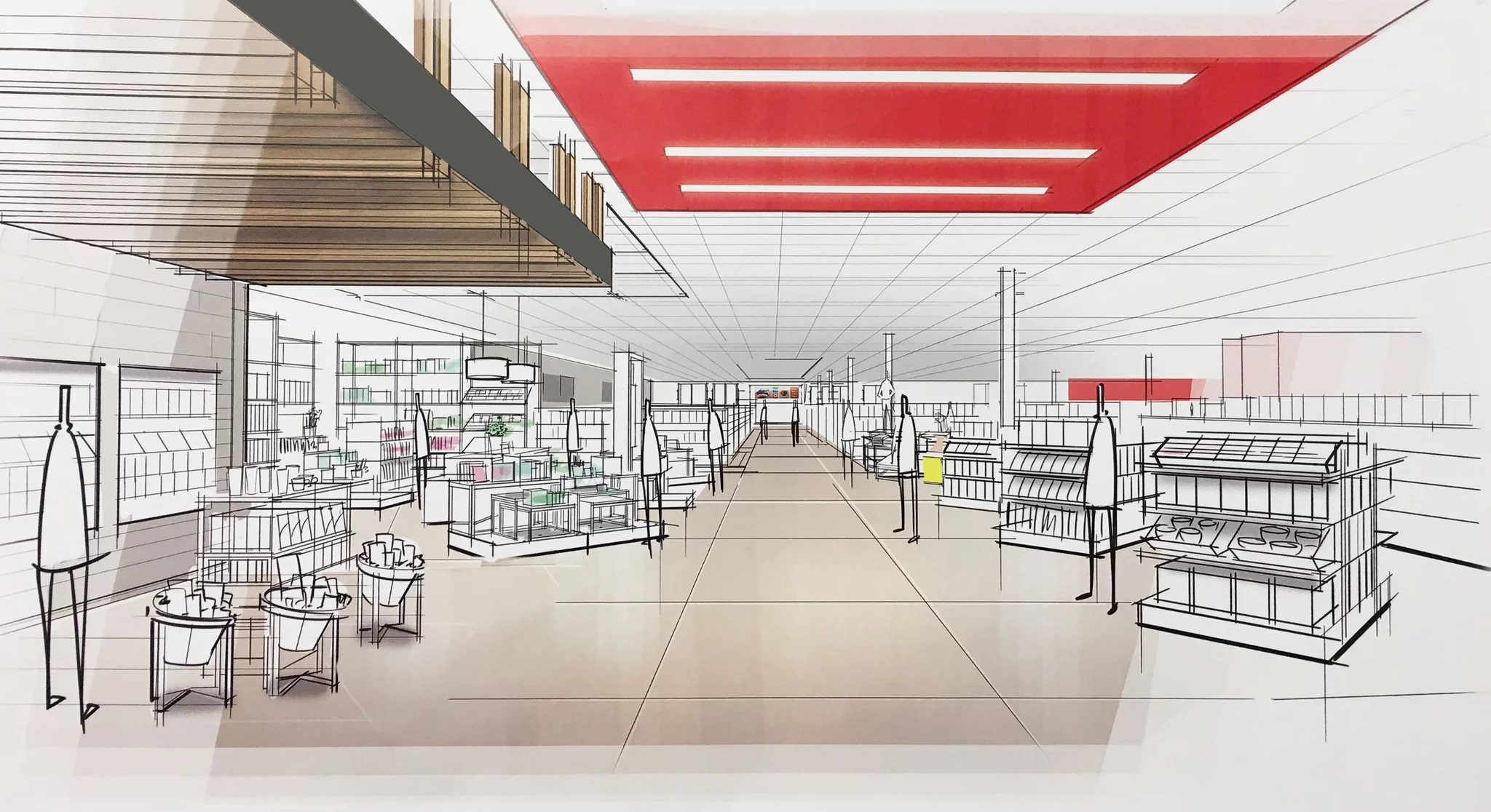
In response to this demand, many pharmacies now offer a wide range of natural health products, including herbal supplements, homeopathic remedies, and essential oils that are outside of your regular vitamin c and typical mainstream brands.
Some pharmacies have even increased their dedicated natural health product sections, staffed it with knowledgeable employees who can provide advice and recommendations to customers as well as now pharmacist themeshelve despite what the institutions that govern them position on the topic have had a few decades of self and in certain cases forced education.
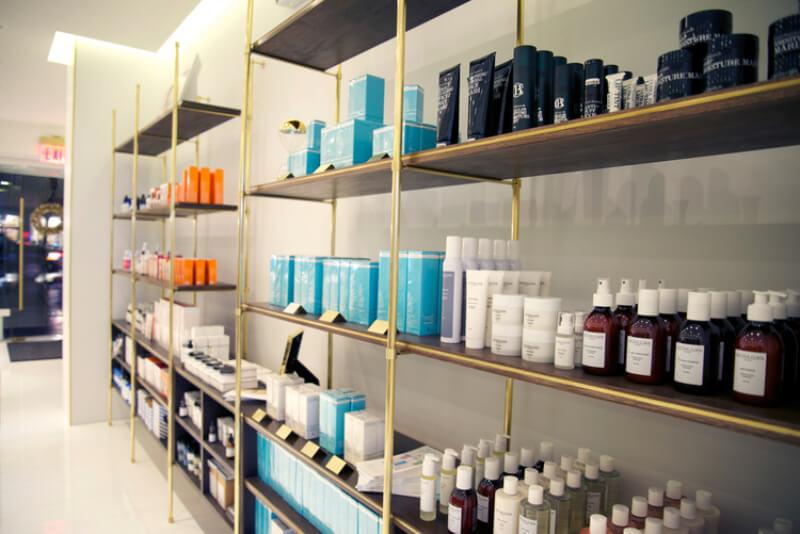
Space, Space and Space
Like any other retail establishment, they also face limited space challenges that can impact their operations and ability to provide services to customers. But pharmacists have their lot of specific challenges that are different than a health food store, such as:
- Inventory Management: Pharmacies carry a large variety of products, including prescription drugs, over-the-counter medications, and health and wellness products. Storing these items in a limited space can be challenging and requires careful planning to ensure that all products are easily accessible and properly stored.
- Customer Flow: Pharmacies need to ensure that customers have access to the products and services they need, but also need to make the most of their limited space. This can mean that there is limited room for customer traffic, which can lead to long lines and wait times.
- Privacy and Security: Pharmacies are often required to store sensitive patient information, and they must maintain the privacy and security of this information while still allowing customers to access the products and services they need. In a limited space, this can be challenging, as it requires careful planning and secure storage solutions.
- Equipment and Technology: Pharmacies need to have access to the latest technology and equipment to provide the best possible care to their customers. In a limited space, this can be challenging, as there may not be enough room for all of the necessary equipment.
- Employee Workflow: Pharmacies have a variety of tasks that need to be completed, from filling prescriptions to consulting with customers mixed with servicing non health related products like from greeting cards to in some cases produce. In a limited space, it can be challenging to ensure that employees have enough room to perform their tasks efficiently and effectively.

Evolution brings constraint
Yes, more demand but with the regulatory restriction we are still in a single ingredient driven business mostly in a pharmacy environment which does not have the same access to the same type of clientele a boutique health food store will serve.
Therefore merchandising single ingredient products in a pharmacy is the prevailing solution but can be a bit of a challenge, especially when you have a limited space of 2,000 sq/ft. For teh sake of this article we will work with our imaginary 2,000 sq/ft pharmacy.
With proper planning and execution, Mr. Pharmacist at Imaginary pharmacy can effectively merchandise products and increase sales with some easy and simple tricks.
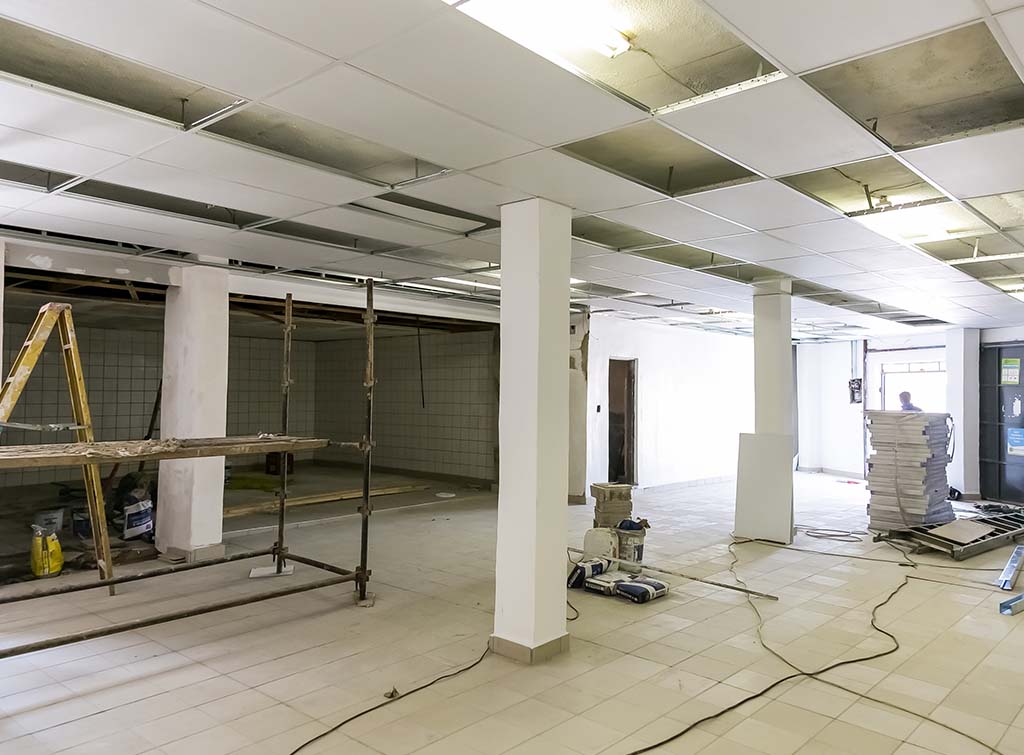
- Plan your space: Before you start merchandising your products, it’s important to have a clear understanding of your available space. Make a rough layout of the store and identify areas that can be used for product display. It’s important to consider traffic flow and accessibility in your store layout.
- Use Vertical Space: In a small space like a 2,000 sq/ft pharmacy, it’s important to make the most of the available vertical space. Consider using wall-mounted shelving units or installing freestanding displays that make use of the height of the room.
- Display high-margin products only: Display your high-margin products prominently in the store. These could be products that are in high demand, have a large profit margin, or are unique to your store. This will help drive sales and increase profitability while the lower margin products are only available online.
- Group similar products: Grouping similar products together can make it easier for customers to find what they’re looking for, and can also help create a sense of organization in your store. For example, you can group a variety of vitamins and supplements together per generic health needs.
- Use Signage: Use clear and concise signage to help customers find what they’re looking for. You can use signs to highlight new products, best-selling products, or products that are on sale. Additionally, you can use signs to provide customers with information about the products you carry, such as dosage, usage, and benefits.
- Create Product Displays: Product displays can be an effective way to highlight specific products in your store. Consider creating eye-catching displays that showcase the products and make them more appealing to customers. You can use props, signs, and lighting to create a visually appealing display.
- Offer Samples: Offering samples at the counter can be an effective way to drive sales. Keep in mind that at the counter you have their attention.
- Utilize Technology: Utilize technology to enhance the customer experience and make it easier for them to find what they’re looking for. You can use electronic displays to show product information, such as ingredients, benefits, and usage instructions. You can also use technology to create interactive displays, such as virtual product demonstrations or interactive product information displays.
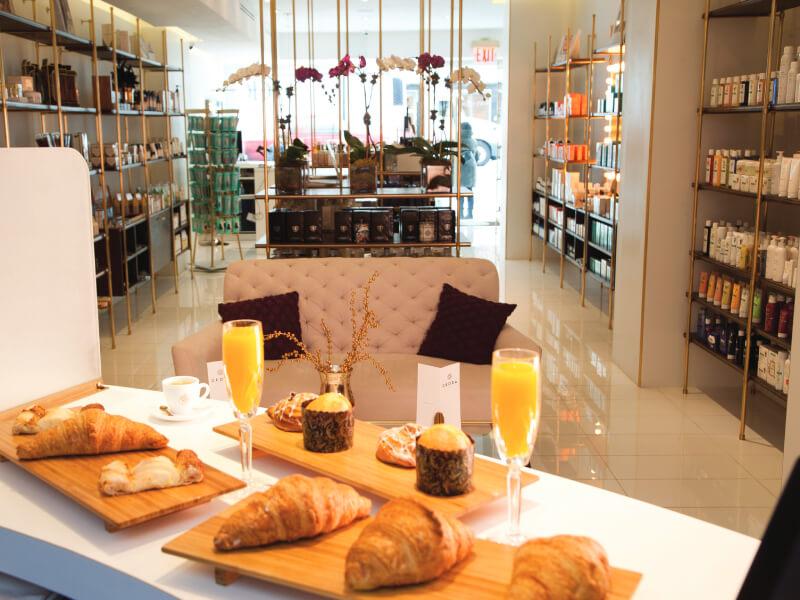
Merchandising single ingredient products in a 2,000 sq/ft pharmacy can be a challenge, but with proper planning and execution, it can be done effectively. By making use of vertical space, displaying high-margin products, grouping similar products, using signage, creating product displays, offering samples, and utilizing technology, you can increase sales and profitability in your pharmacy.
